Buy the photo Past and future by Thomas Riess on canvas, ArtFrame, poster and wallpaper, printed on demand in high quality.
About "Past and future"
by Thomas Riess
About the artwork
View across the Spree River to the Cathedral and TV Tower in Berlin. The Spree Canal in Berlin is part of the Spree-Oder-Waterway (SOW). Over the centuries, the Cöllnische Stadtgraben developed into today's approximately two-kilometer-long artificial waterway, which is managed by the Spree-Havel Waterways and Shipping Authority. The importance of the Spree Canal and the city lock located in its course for inland navigation on the Spree declined from 1894 onwards with the commissioning of the Mühlendamm Lock, until the city lock was finally decommissioned in 2000. The canal is closed to recreational shipping and is no longer navigable due to the Kupfergraben weir. The course of the Spree River was impassable for ships and rafts due to the mill dam created between 1220 and 1230. With the increase of trade and traffic on the water, the former Cöllnische Stadtgraben, a branch of the Spree, was expanded and equipped with a lock. This first wooden lock "auf dem Werder", the later city lock, was built in 1578 and was later extended several times. High industrialization in the German Empire required ever larger ships and the city lock was enlarged for the last time in 1885. At that time, it was already referred to as the eye of a needle in Berlin shipping. The Spree Canal branches off the left side of the Spree-Oder-Waterway (SOW) from the Berlin Spree at kilometer 17.90, just before the Mühlendamm Lock. It remains south of Fischerinsel and then runs almost parallel to Märkisches Ufer street in the direction of Spittelmarkt, passing Schloßplatz, Zeughaus and Lustgarten. At the Bode Museum on Museum Island, it flows back into the Spree immediately below the Monbijou Bridge at kilometer 16.31 of the SOW.

About Thomas Riess
Amateur photographer with advanced knowledge, retired for 6 years. Made my first experiences with photography as an employee at CANON and now, after many stations, take photos digitally with the Pentax K1 MK II and various lenses. My main focus is difficult to define. .. Read more…
 Germany
Germany Ordered in August 2021
Ordered in August 2021
 Germany
Germany Ordered in August 2022
Ordered in August 2022
 Germany
Germany Ordered in November 2019
Ordered in November 2019
 Germany
Germany Ordered in October 2019
Ordered in October 2019
 Netherlands
Netherlands Ordered in January 2019
Ordered in January 2019
 Netherlands
Netherlands Ordered in November 2023
Ordered in November 2023
 Netherlands
Netherlands Ordered in August 2018
Ordered in August 2018
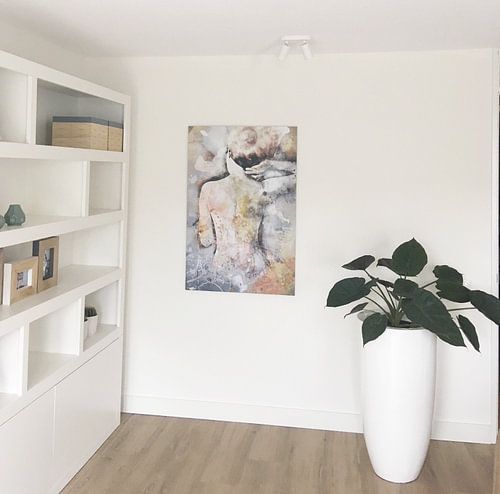
 Germany
Germany Ordered in June 2025
Ordered in June 2025
 Germany
Germany Ordered in April 2025
Ordered in April 2025
 Germany
Germany Ordered in April 2022
Ordered in April 2022
 Germany
Germany Ordered in January 2021
Ordered in January 2021
 Netherlands
Netherlands Ordered in July 2023
Ordered in July 2023
About the material
ArtFrame™
Interchangeable Art Prints
- High-quality print
- Easily interchangeable
- Acoustic function
- Large sizes available
Discover the artworks of Thomas Riess
 Flower meadowThomas Riess
Flower meadowThomas Riess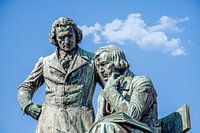 Brothers GrimmThomas Riess
Brothers GrimmThomas Riess Gingko in the sunThomas Riess
Gingko in the sunThomas Riess source of lifeThomas Riess
source of lifeThomas Riess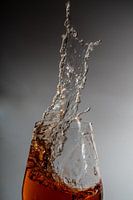 sweeping inThomas Riess
sweeping inThomas Riess To a glass of wineThomas Riess
To a glass of wineThomas Riess A good sip at the end of the dayThomas Riess
A good sip at the end of the dayThomas Riess at the cemetery in FrankfurtThomas Riess
at the cemetery in FrankfurtThomas Riess The day endsThomas Riess
The day endsThomas Riess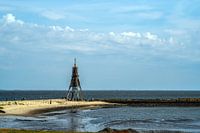 Kugelbake in CuxhavenThomas Riess
Kugelbake in CuxhavenThomas Riess Bench on dikeThomas Riess
Bench on dikeThomas Riess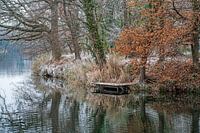 No bathing weatherThomas Riess
No bathing weatherThomas Riess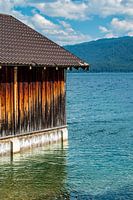 Relaxation at WalchenseeThomas Riess
Relaxation at WalchenseeThomas Riess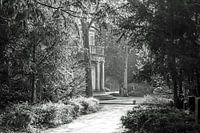 Forest walk monochromeThomas Riess
Forest walk monochromeThomas Riess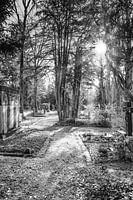 Towards the sunThomas Riess
Towards the sunThomas Riess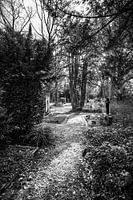 On the last roadThomas Riess
On the last roadThomas Riess Towards the sunThomas Riess
Towards the sunThomas Riess Memorial stone at Frankfurt's main cemeteryThomas Riess
Memorial stone at Frankfurt's main cemeteryThomas Riess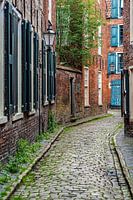 Historic old town in East FrisiaThomas Riess
Historic old town in East FrisiaThomas Riess In the centre of the Trastevere districtThomas Riess
In the centre of the Trastevere districtThomas Riess
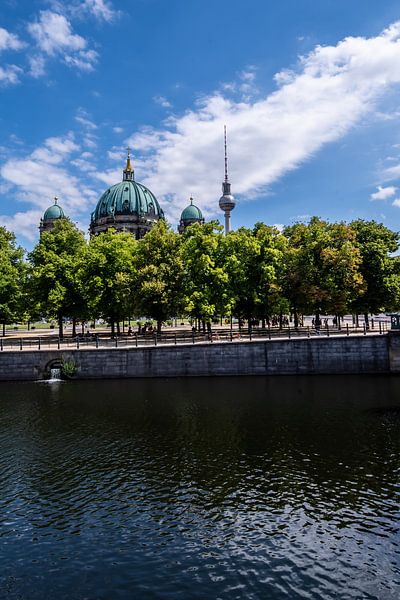












 Berlin
Berlin Bridges
Bridges Catholic Church
Catholic Church Photo wallpaper
Photo wallpaper Photography
Photography Powerful Expression
Powerful Expression Serene Peace
Serene Peace Summer
Summer Sun
Sun









